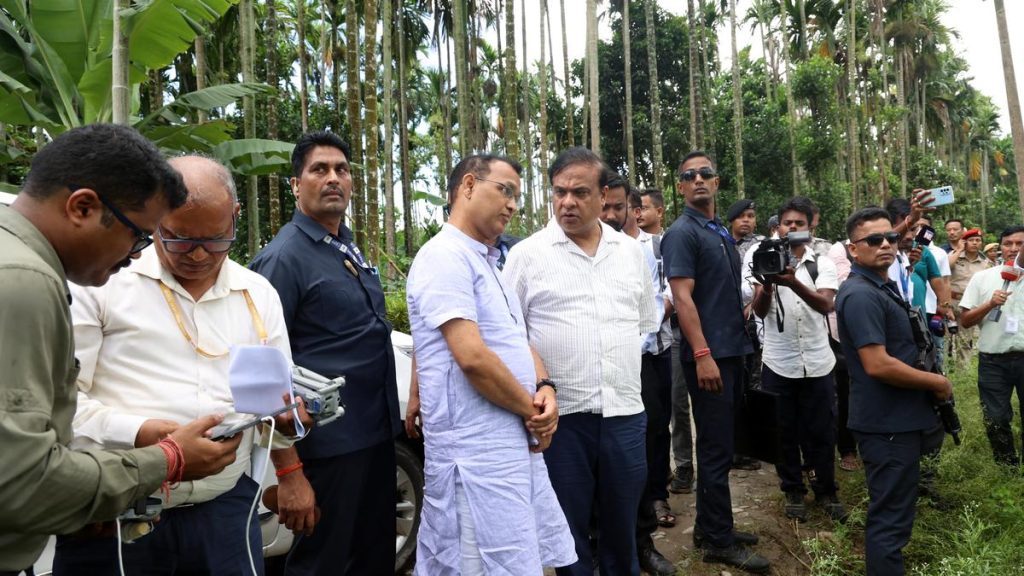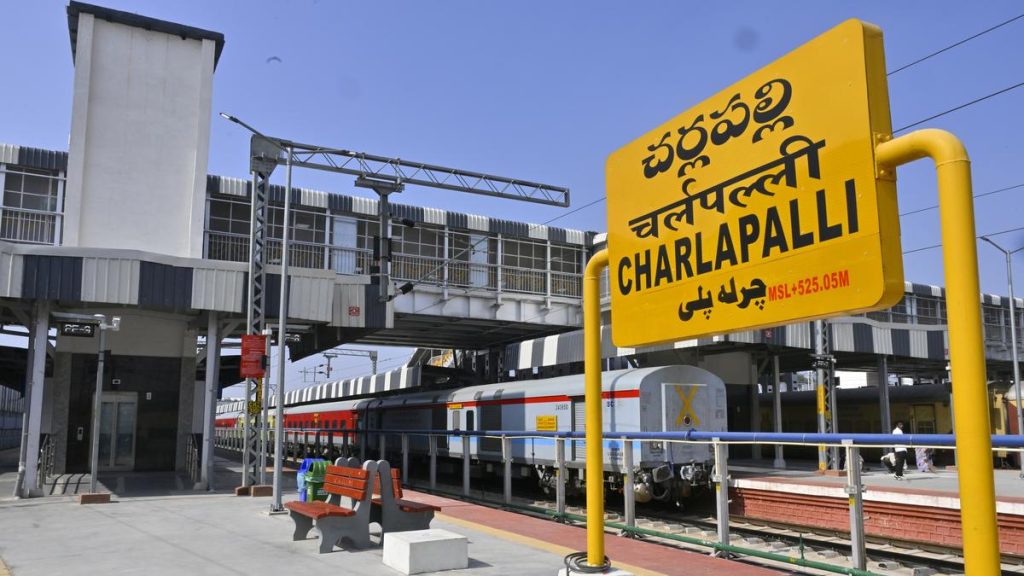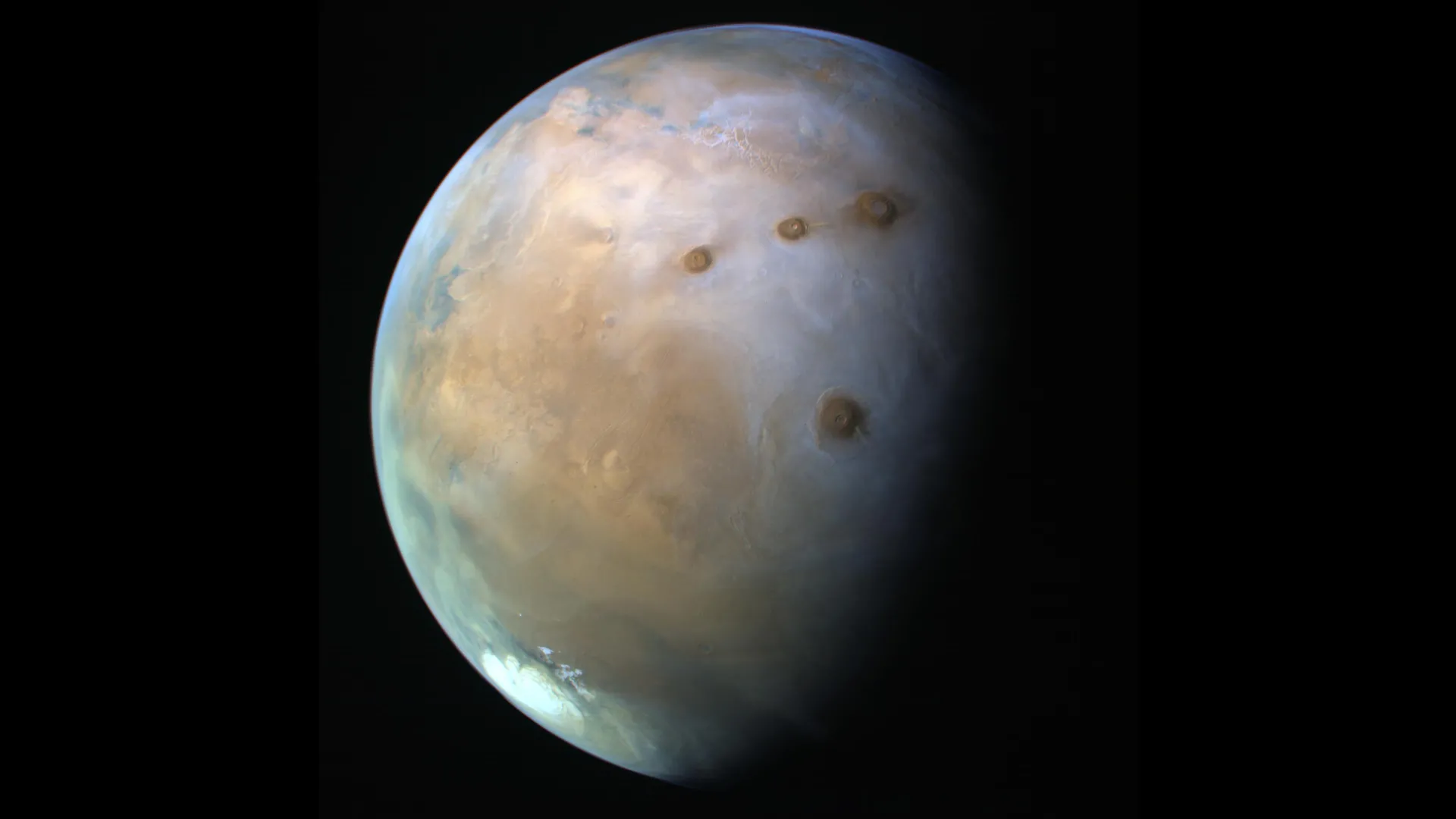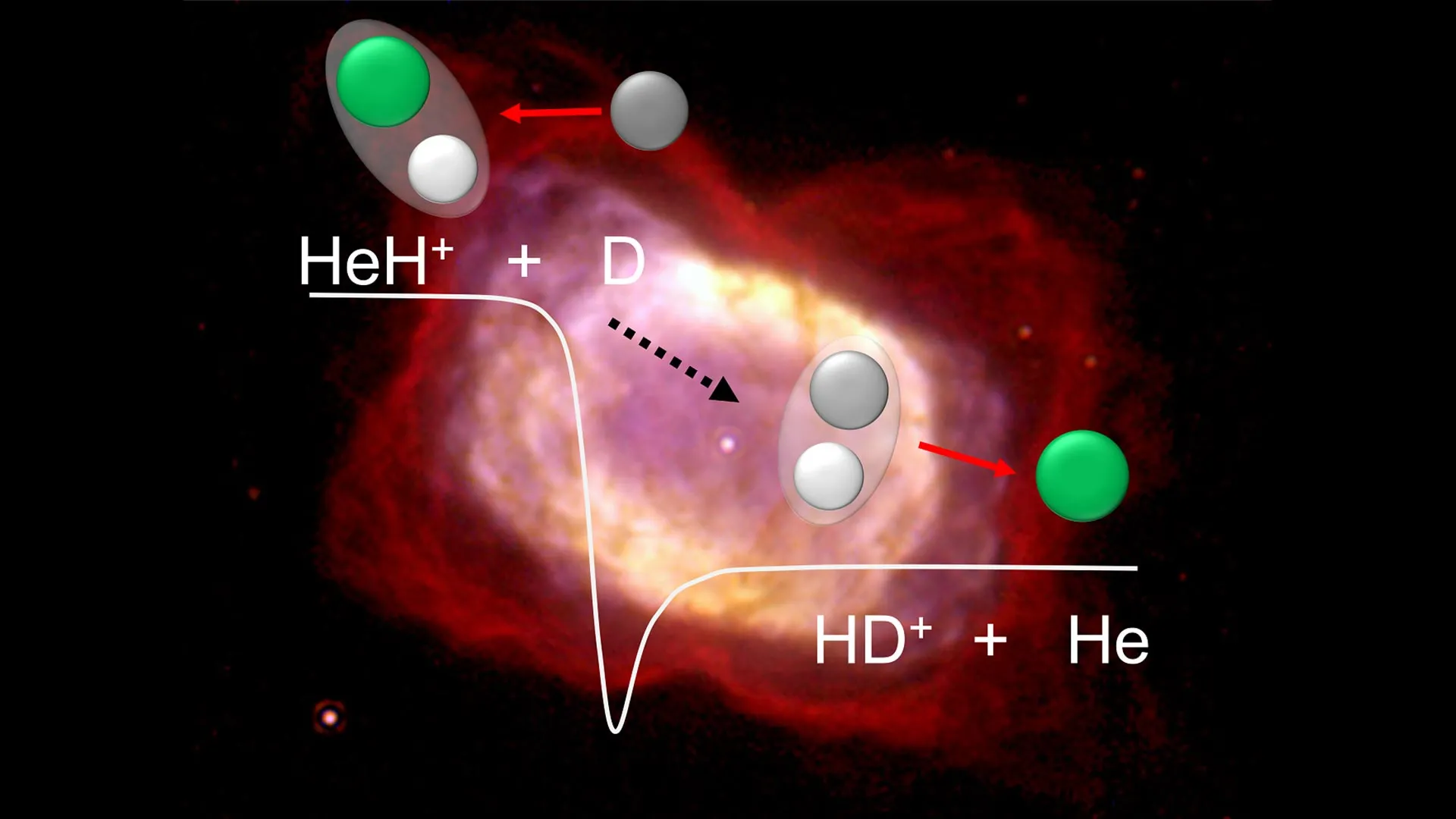Now Reading: Ultra-Hot Jupiter’s Death Spiral Offers Clues to Planet Formation
-
01
Ultra-Hot Jupiter’s Death Spiral Offers Clues to Planet Formation
Ultra-Hot Jupiter’s Death Spiral Offers Clues to Planet Formation
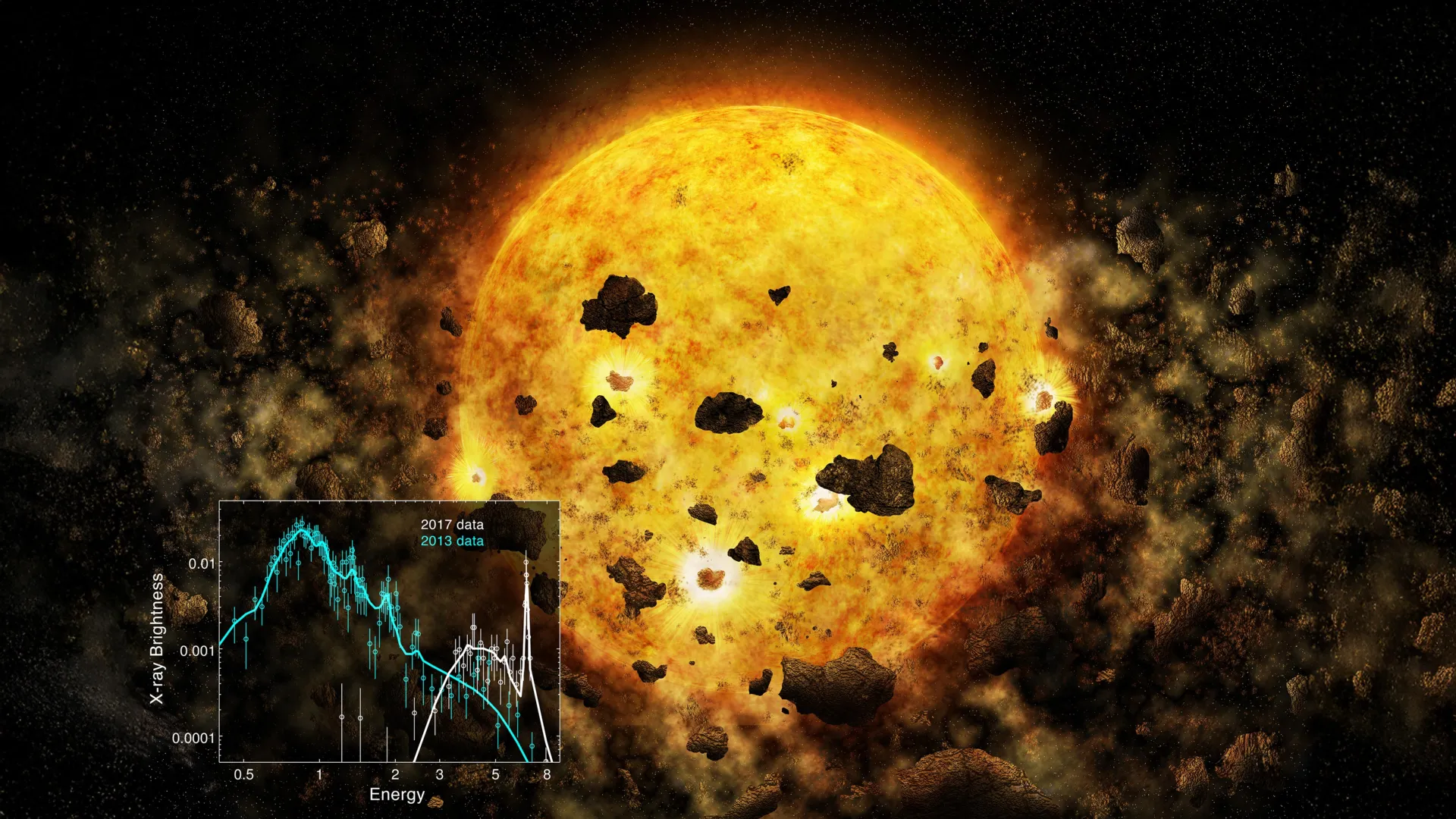
Quick Summary
- Astronomers from macquarie University have observed the orbital decay of the ultra-hot Jupiter exoplanet TOI-2109b, located 870 light-years away.
- TOI-2109b orbits its star in just 16 hours, making it the closest hot Jupiter ever known.
- The planet is nearly five times Jupiter’s mass and twice its size but orbits closer to its star than Mercury does to our Sun.
- Researchers detected a subtle decrease in orbital period by analysing data spanning over a decade from NASA’s TESS mission, the ESA’s CHEOPS satellite, and ground-based telescopes.
- Models suggest TOI-2109b’s orbit will decrease by at least 10 seconds over three years as it spirals toward its star.
- Possible outcomes for TOI-2109b include being torn apart by tidal forces, falling directly into its star, or losing its gaseous envelope due to intense radiation.
- The findings may offer insights into planetary evolution and suggest some rocky planets could be remnants of former gas giants stripped of their gaseous layers.
Indian Opinion Analysis
The revelation of TOI-2109b’s extreme orbital decay opens new windows into understanding planetary dynamics and evolution across solar systems beyond Earth’s vicinity. For india’s burgeoning space research community, notably ISRO’s expanding planetary exploration efforts under programs such as Aditya-L1 and exoworlds studies, this finding exemplifies how systematic observation can answer larger cosmological questions like the lifecycle of gas giants.Highlighting that some rocky planets might be stripped cores reshapes paradigms about planet formation-a crucial insight as Indian scientists scale up work on astrobiology and extra-terrestrial habitability projects. Furthermore,collaboration opportunities with agencies like NASA or ESA on telescopic monitoring could position India more prominently within global astrophysical research circles while offering real-time learning opportunities for our academic institutions involved in space sciences.
This discovery also indirectly underscores why essential investments in advanced observational technology are critical if nations aim to contribute meaningfully toward unravelling universal phenomena-an imperative that India cannot overlook amid advancing global astronomy projects.



